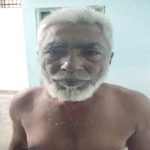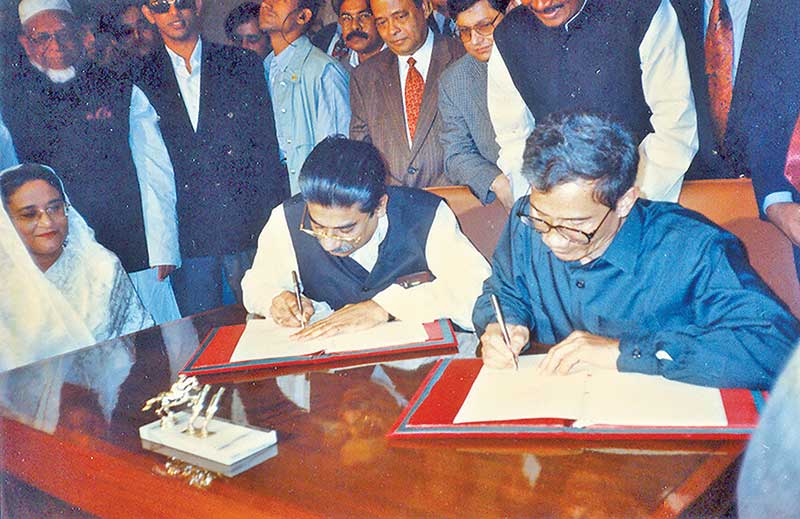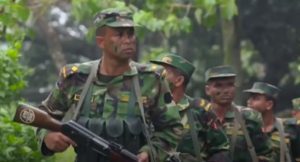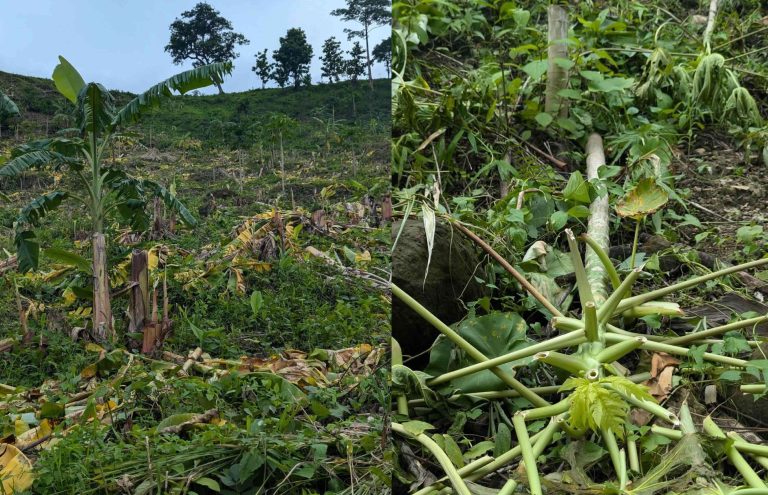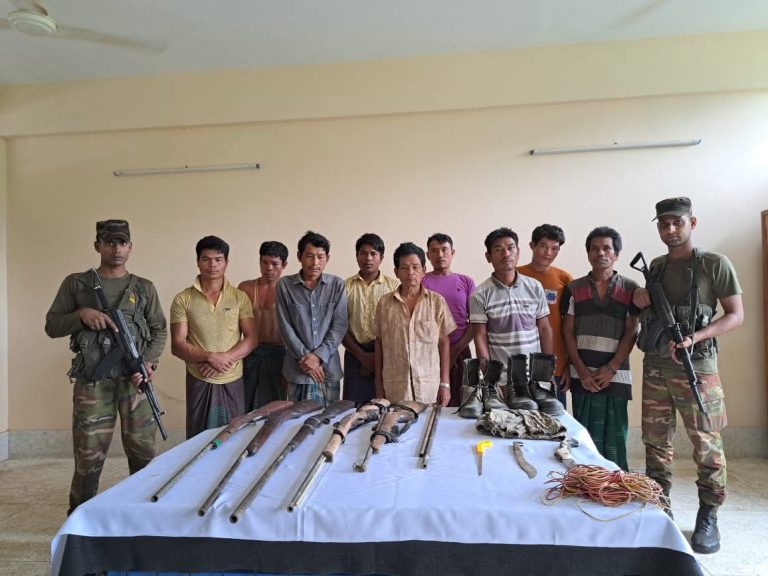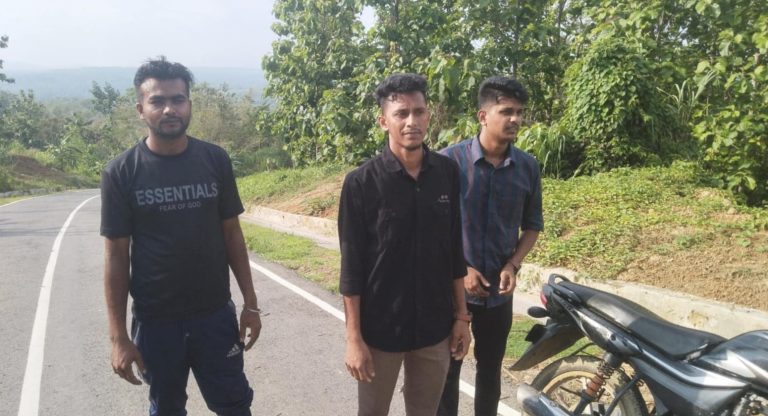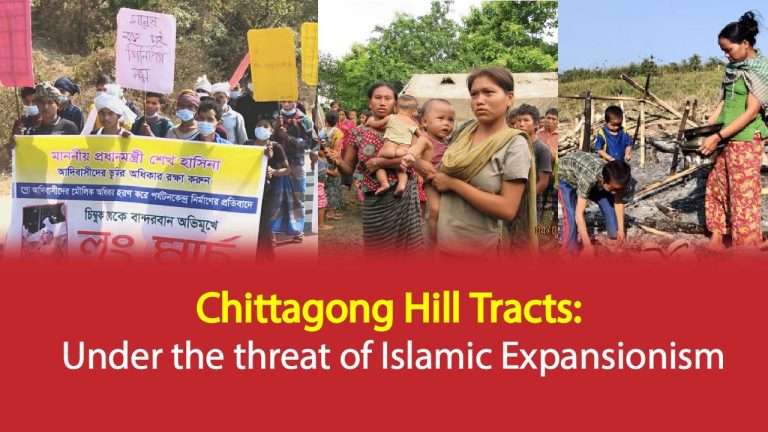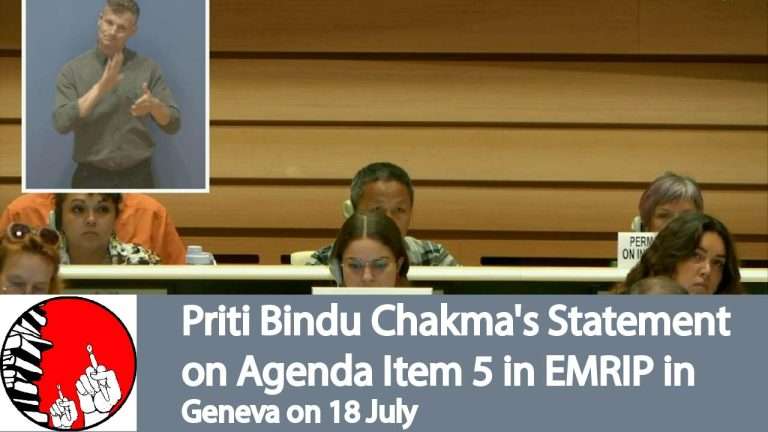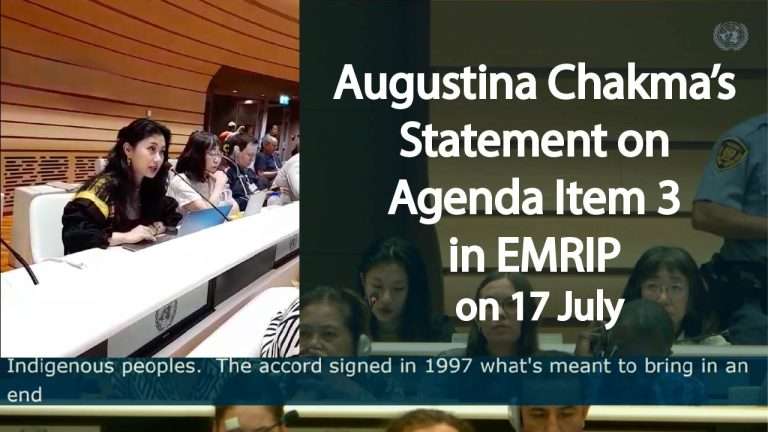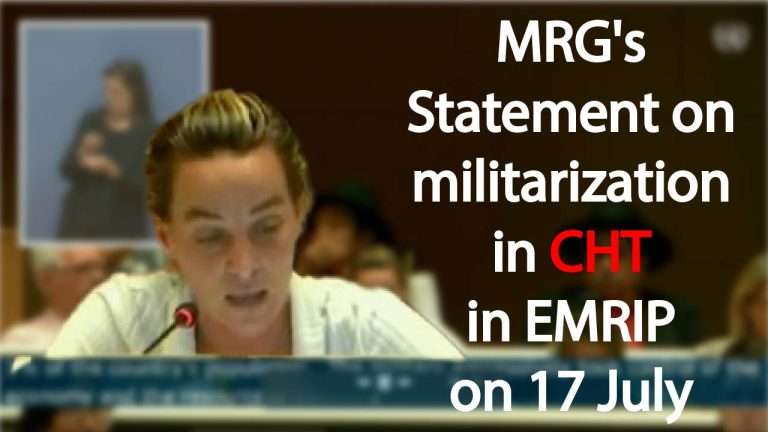Hill Voice, 20 November 2024, Special Correspondent:
Background of CHT Accord
The Chittagong Hill Tracts (CHT) problem is a political and national issue. In order to resolve this problem, in the beginning of the seventies, under the leadership of the Parbatya Chattagram Jana Samhati Samiti (PCJSS), the Jumma people first started movement in a democratic way. Later, when all the ways of the democratic movement were blocked, the Jumma people were forced to resort to armed movement.
Despite resorting to armed movement, the PCJSS kept open the way for dialogue in order to solve the CHT problem through political and peaceful means. In the light of that, in the beginning of the eighties, an initiative was taken to hold a formal meeting with the then President Ziaur Rahman’s government. But his death in a military coup stopped the initiative.
After that, an initiative of dialogue was taken with the government led by President Hossain Mohammad Ershad to resolve the Chittagong Hill Tracts problem through dialogue and discussion. At a stage, the first round of formal dialogue of the PCJSS with the Ershad government was held in October 1985. In the meeting, both sides identified the CHT problem as a national and political problem and agreed to resolve it through political means.
After that, 6 rounds of dialogue with General Ershad government, later 13 (thirteen) times with BNP government led by Begum Khaleda Zia and lastly, 7 times of dialogue with the Sheikh Hasina-led government, in a series of formal meetings i.e. a total of 26 times, the CHT Accord was signed on December 2, 1997, with the aim of a political and peaceful solution to the CHT problem, which is popularly known as CHT Peace Accord.
The Accord was signed by Abul Hasnat Abdullah, convener of the National Committee on CHT formed by the Parliament, on behalf of the government of the People’s Republic of Bangladesh and Jyotirindra Bodhipriya Larma, president of the PCJSS, on behalf of the people of CHT.
It may be noted that the PCJSS first presented a 5-point demand for provincial autonomy with a legislative assembly. But as it was not in line with the country’s governance system, the 5-point demand with provincial autonomy was revised and the 5-point demand for regional autonomy with regional councils was presented.
Besides, the PCJSS presented a demand to name the CHT as ‘Jummaland’ and indigenous peoples as ‘Jumma’ or ‘Pahari instead of the tribe. But the dialogue was about to breakdown due to the government’s inflexible attitude on this demand. As a result, PCJSS agreed to accomplish the CHT Accord keeping the term ‘tribe’ in force for the sake of a political and peaceful solution to the CHT problem.
On the other hand, Bengali Muslim settlers were demanded to be removed from CHT. In response, the government delegation said that the government was willing to withdraw the settlers on principle. However, it will not be possible to write it in the Accord. Although not be written into the Accord, clauses would be inserted in the Accord, so that the settlers are obliged to move out of the CHT. In that light the following clauses are inserted in the Accord-
‘Definition of non-tribal permanent resident’ is set out, which states that “Non-tribal Permanent Resident” shall mean a person who is not a tribal and who has lands of lawful entitlement in the hill districts and who generally lives in a hill district at a specific address. Settlers are not considered permanent residents under this definition.
(b) Provision is made for issuing of Permanent Resident Certificates only by the three Circle Chiefs.
(c) Provision is made providing that no person coming from another district or not a permanent resident may settle or purchase land in the hill districts.
(d) Provision is made for restitution of lands illegally occupied by settlers through the Land Commission to Jumma peoples.
(e) Provision is made to prepare the electoral roll of CHT only with permanent residents.
(f) Provision is made for appointment of permanent residents on priority basis to tribals in all jobs in CHT.
(g) To preserve the records of permanent residents the matter of ‘preserving birth-death and other statistics’ is brought under the purview of three Hill District Councils.
Besides, there was an unwritten accord or agreement to stop the ration of the settler Bengalis, break up the settlers’ cluster villages, announce a suitable rehabilitation package and resettle them outside the CHT etc.
Needless to say, along with the support of all walks of Pahari-Bengali permanent residents of CHT, all non-communal, democratic and progressive political parties, artists, writers, journalists, lawyers, women and indigenous rights activists, students, youth and civil society of the country gave full and active support to the CHT Accord.
However, the country’s extreme right-wing national political parties such as the Bangladesh Nationalist Party (BNP), Jatiya Party and Jamaat-e-Islami, and the country’s ultra nationalist, ultra communalist and fundamentalist forces rejected the Chittagong Hill Tracts Accord. As soon as the Chittagong Hill Tract Accord was signed in 1997, a section of Pahari Gono Parishad, Pahari Chhatra Parishad and Hill Women’s Federation led by Prasit Bikash Khisa and Robi Shankar Chakma opposed the Chittagong Hill Tract Accord.
On the other hand, various humanitarian and democratic states including the United Nations, the European Union support the CHT Accord. 20 representatives from 11 countries in Europe, Africa and Asia issued a joint statement welcoming the Chittagong Hill Tracts Accord. As a result of the signing of this accord, the then Prime Minister Sheikh Hasina was awarded the Felix Houphouet-Boigny Peace Prize of UNESCO.
The Chittagong Hill Tract Accord has 4 parts. The first part ‘A’ consists of 4 sections.
There are 35 sections in Hill District Council as per Part II ‘B’.
The third part ‘C’ the Chittagong Hill Tracts Regional Council has 14 sections.
There are 19 sections on amnesty, rehabilitation and other provisions in Part IV ‘D’.








